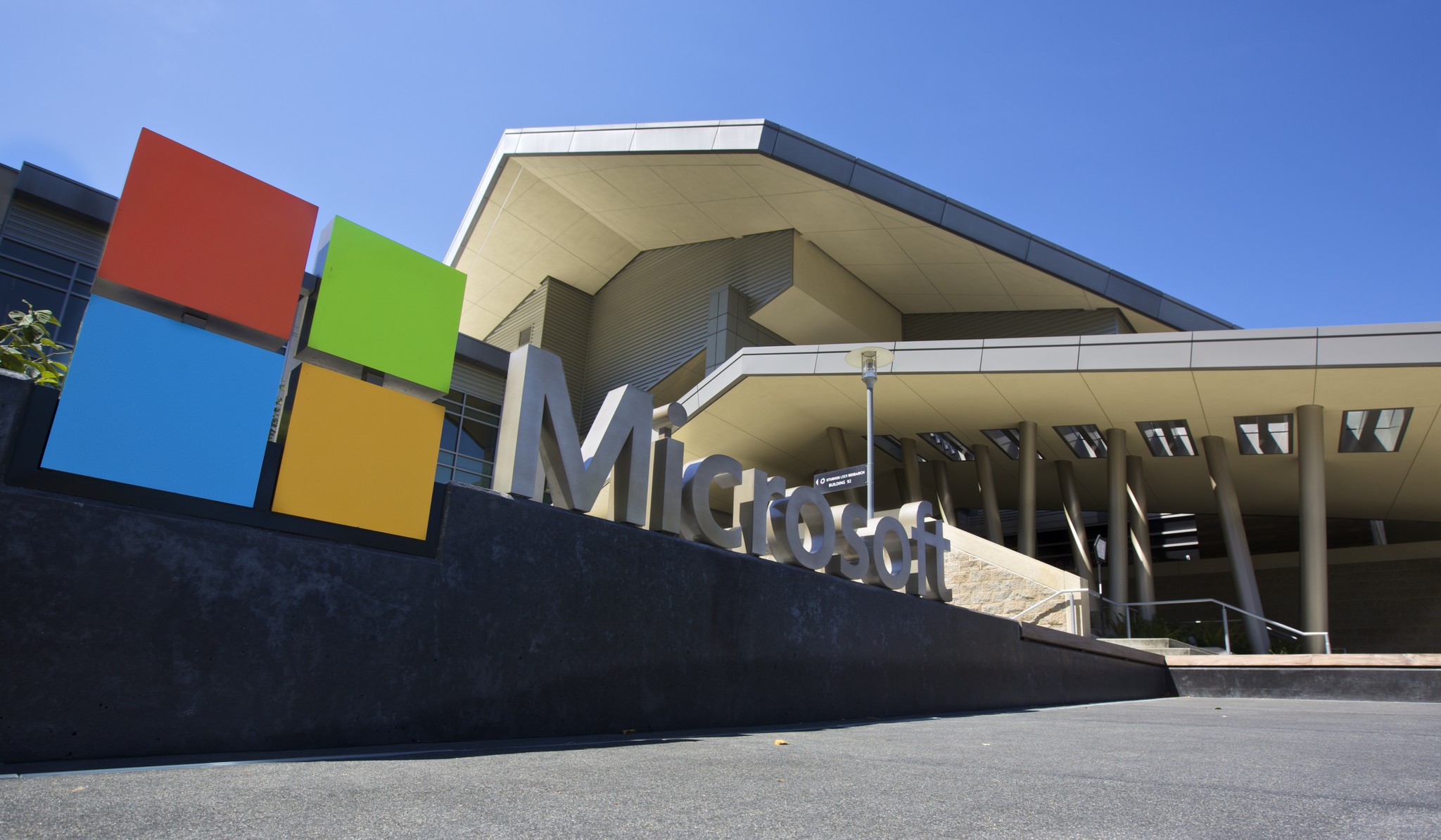
What you need to know
- As AI becomes more advanced and sophisticated, deepfakes continue to flood the internet, spreading misinformation.
- Microsoft calls on the US Congress to pass a comprehensive deepfake fraud statute to prevent cybercriminals from leveraging AI capabilities to cause harm.
- The new legal framework will provide law enforcers with the basis to prosecute AI-generated scams and fraud.
As generative AI tools like Microsoft Copilot and OpenAI's ChatGPT become more advanced and sophisticated, cases of deepfake AI-generated content flooding the internet continue to rise (see Elon Musk this week). Aside from the security and privacy issues riddling the progression of the technology, the prevalence of deepfakes continues to hurt the authenticity of content surfacing online, making it difficult for users to determine what's real.
Bad actors use AI to generate deepfakes for fraud, abuse, and manipulation. A lack of elaborate regulations and guardrails has contributed to deepfakes becoming widespread. However, Microsoft Vice Chair and President Brad Smith recently outlined new measures it intends to use to protect the public from deepfakes.
Smith says Microsoft and other key players in the industry have been focused on ensuring that AI-generated deepfakes aren't used to spread misinformation about the forthcoming US Presidential election.
While the company seemingly has a firm grasp on this front, the top exec says more can be done to prevent the widespread use of deepfakes in crime. "One of the most important things the US can do is pass a comprehensive deepfake fraud statute to prevent cybercriminals from using this technology to steal from everyday Americans," added Smith.
Congress should require AI system providers to use state-of-the-art provenance tooling to label synthetic content. This is essential to build trust in the information ecosystem and will help the public better understand whether content is AI-generated or manipulated.
Microsoft President, Brad Smith
In the same breath, Smith wants policymakers to ensure federal and state laws designed to protect children from sexual exploitation, abuse, and non-consensual intimate imagery include AI-generated content as the technology becomes more prevalent and advanced.
It all a work in progress

Previously, Microsoft CEO Satya Nadella pointed out that there's enough technology to protect the forthcoming US presidential elections from AI deepfakes and misinformation. This is despite several reports highlighting Copilot AI's shortcomings after the tool was spotted generating false information about the forthcoming elections.
Following explicit AI-generated images of pop star Taylor Swift surfacing online, the Senate passed a bill that addresses the issue. Users featured in explicit content generated using AI have grounds to sue for damages.
On the other hand, OpenAI rolled out a new strategy designed to help users identify AI-generated content. ChatGPT and DALL-E 3 images are now watermarked, though the startup admits it's "not a silver bullet to address issues of provenance." OpenAI announced that it was working on a tool to help identify AI-generated images and promises 99.9% accuracy.
🔥The hottest trending deals🔥
-
Seagate Xbox Series X|S Expansion Card (2TB) | was
$359.99now $229.99 at Best Buy -
Xbox Game Pass Ultimate (3-months) | was
$49.99now $29.89 at CDKeys -
ASUS ROG Ally (Z1) | was
$499.99now $399.99 at Best Buy -
HP Victus 15.6 Gaming Laptop (Ryzen 5, RTX 4050) | was
$979now $599 at Walmart -
Amazon Fire TV Stick 4K Max + Xbox Wireless Controller + Xbox Game Pass Ultimate (1-month) | was
$119.98now $82.85 at Amazon -
Surface Pro Signature Keyboard (Multiple colors) + Surface Slim Pen 2 | was
$279.99now $112.99 at Best Buy -
Lenovo Yoga 7i 16 (Core i5) | was
$1,139.99now $789.99 at Lenovo -
Samsung Class QE1C QLED TV (85-inch) | was
$2,799.99now $1,229.99 at Samsung -
Razer DeathAdder V3 Wired Gaming Mouse | was
$69.99now $50.99 at Best Buy -
Razer Basilisk V3 Wired Gaming Mouse | was
$69.99now $49.99 at Best Buy -
Lenovo ThinkStation P3 Tiny Workstation (Core i5 vPro) | was
$1,759.00now $879.00 at Lenovo -
Geekom A8 Mini PC (Ryzen 9) | was
$1,099.99now $699.99 at Geekom w/ code WINDA8OFF -
No Man's Sky | was
$59.99now $21.39 at CDKeys (PC, Steam)







